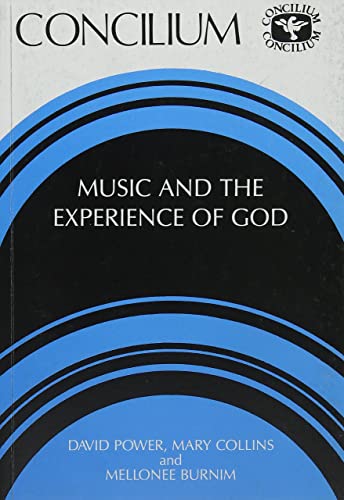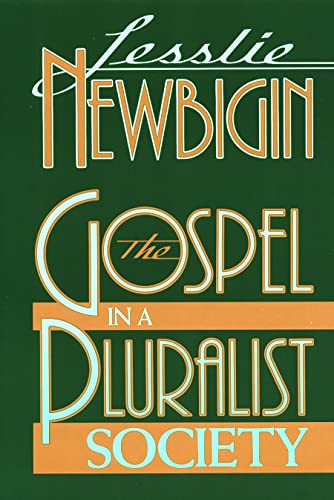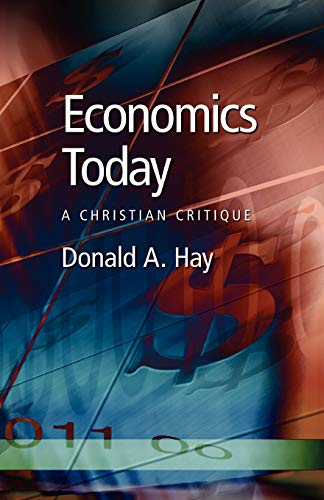The World of the Old Testament (Bible Handbook, Vol. II)
Written by A.S. van der Woude (ed.) Reviewed By Michael W. HolmesThe title of the Dutch original—Het Oude Testament (Kampen: J.H. Kok, 1982)—better indicates the scope of this book, written by a team of Dutch scholars, than does the title of the translation. The three major sections of the volume cover the history of Israel, the literature of the OT, and the books of the OT. Also included are chronological tables, an index, six pages of maps, extensive bibliographies (with coverage extended in the translation through the mid-1980s), and 24 pages of very clear black and white photographs.
The section dealing with the history of Israel starts off with a segment covering Israel to the time of the captivity (M. J. Mulder). He opens with a crisp discussion of the problems encountered in attempting to write a history of Israel. It is good that this important issue is dealt with so forthrightly. The discussion, however, is so brief that those for whom this is a new issue may have difficulty in discerning the implications or purpose of it. Nor is the author’s own position entirely clear. He is ‘confident (but not with the arrogance of fundamentalism) that the Bible is yet true’, and wishes ‘to take the biblical data strictly at their face value’. He also notes, however, that ‘Whether the picture so acquired agrees with what happened in the distant past remains, meanwhile, an open question’ (p. 4). In practice he is rather sceptical regarding the possibility of reconstructing with any degree of certainty the events prior to the rise of the monarchy. A discussion of the date of the exodus, for example, concludes by noting that the data ‘do point to the thirteenth century, in which something like an exodus may have taken place’ (p. 15). In contrast, the segment by van der Woude, who ironically has less data to work with, displays a more optimistic estimation of what historians may accomplish, and his segment offers a useful survey of the period between the captivity and the rise of Alexander the Great.
The second major section (by H.A. Brongers) surveys the literary genres to be found in the OT. His survey includes a discussion of secular and religious poetry, poetic stories (including myths, fables, sagas, legends, and novelettes), historical, prophetic, and wisdom literature, and legal materials. In a number of instances comparison with similar materials or genres from other ancient cultures enhances the discussion; occasionally, however, the treatment is so brief as to be disappointing and of little help (wisdom literature, e.g., receives scarcely two pages).
The third and longest section surveys the books of the OT in the order in which they are found in Kittel’s Biblia Hebraica (except for Chronicles, Ezra, and Nehemiah, which—in that order—are grouped with the other historical books). Four scholars divide the labour, and both the points covered and the perspective of the treatment vary noticeably.
On the one hand, for example, C. Houtman’s essay on the Pentateuch focuses virtually exclusively on hypotheses about its origin and authorship. He concludes, at the end of a comprehensive and balanced survey, that while in the Pentateuch three large blocks of material (Genesis, Exodus-Numbers, Deuteronomy), each with its own distinctive character, may be distinguished, they ‘are integrally connected. Each becomes meaningful only in association with the other.’ Further, he asserts that the Pentateuch itself cannot be detached from Joshua-2 Kings, and that the entire group of books ‘in their present form are from the same author or group of writers’ who utilized ‘material of diverse provenance, character, and age’ (p. 199).
B.J. Oosterhoff, on the other hand, in his discussion of Isaiah, simply states that chapters 1–39 contain ‘mainly prophecies from the time of Isaiah himself’, while 40–66 derive from the time of the Babylonian captivity or later. He then focuses essentially his entire survey on the content and themes of the two parts of the work. Each writer, in short, covers significantly different issues, and the result is somewhat unbalanced coverage. The treatment of the historical books (by H. H. Grosheide) and the Writings (by J. P. M. van der Ploeg), though sometimes brief, generally fares better in terms of balance of coverage and focus.
Overall this is a difficult volume to characterize. Strong points include the bibliographies, chronological charts, and generous selection of excellent pictures, all of which students will find useful. Moreover, the issues chosen for discussion are treated in a fair and even-handed manner, and the authors are not hesitant to express an independent point of view. At the same time, the relative diversity of perspective and approach results in a certain unevenness of treatment and choice of topics. Nevertheless it will serve well as a reference volume, and may find a place as a secondary text for introductory OT survey courses.
Michael W. Holmes
Bethel College, St. Paul, Minnesota







